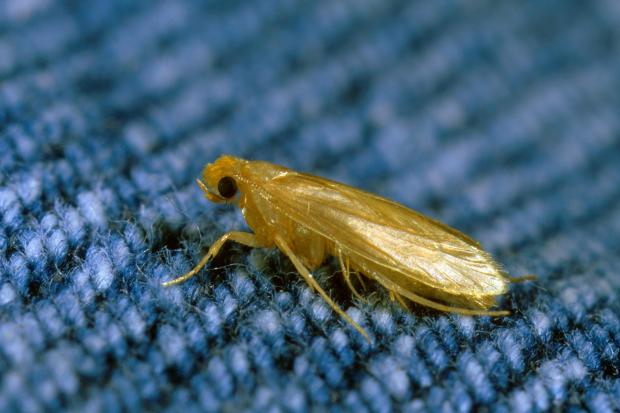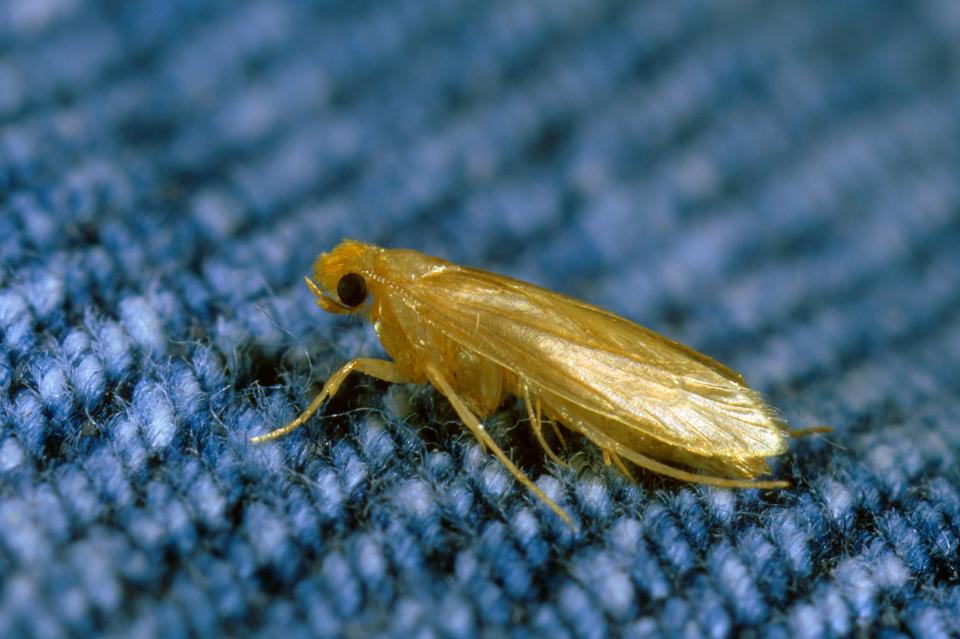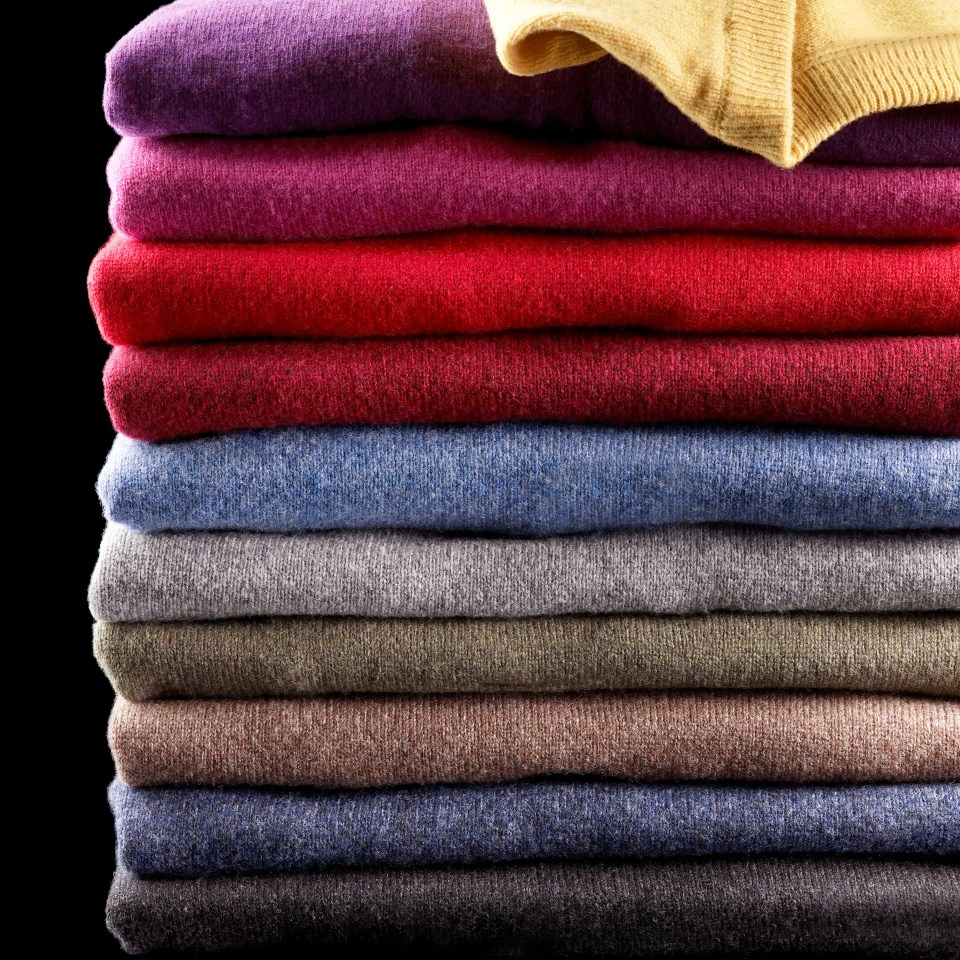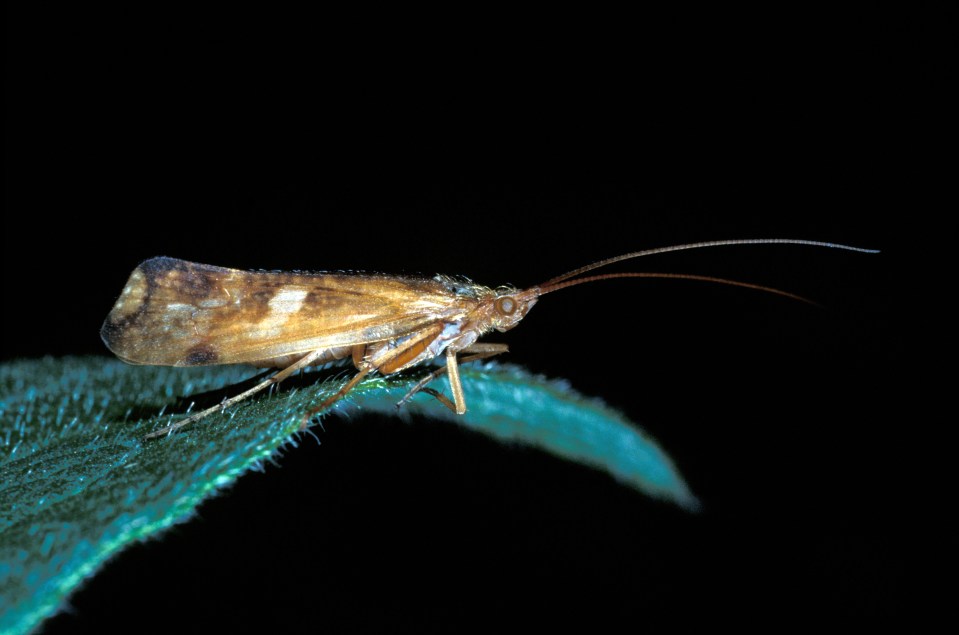Moths which feed on clothes are sweeping through the nation’s wardrobes after ‘perfect’ summer for them to breed
Pests are holed up in millions of homes, feasting on woollies, as call-outs to tackle infestations by the hungry larvae rocket

The pests - common clothes moths which feed on wool and natural fibres like cashmere, tweed, sheepskin and fur - are chomping through knits in millions of UK homes.
Brits digging out their winter woollies as temperatures fall are finding them dotted with holes caused by the hungry moth larvae which start feeding as soon as they hatch.
Unlike moths that are attracted to light, the Tineola bisselliella prefer dark, warm habitats like a chest of drawers or wardrobe.
Bosses at Cleankill pest control said today that after the hot, humid summer - which saw the highest September temperature (34C) since 1911 - the moths were even more prevalent than usual as they become more active in warm weather.
Cleankill MD Paul Bates said the moths were "blighting the nation", with call-outs rocketing as colder weather sets in.
He added: "As the temperature starts to drop, people are opening drawers and cupboards to find their best woollen jumpers are full of holes.
"After the adult moth has laid her eggs on the threads of clothes, the larvae hatch out at any time between four and 21 days, depending on the temperature.
"The newly hatched larvae are about 1mm long and will start to spin a small, silken tube, using some of the fibres of the fabric they are eating.
"They will eat from many sources including furs, woollens, animal bristles on brushes and even the felt inside pianos.
"In loft spaces they can infest old stored clothing, carpets, natural fibre insulation and even bird feathers."
Mr Bates said the solution was to seal clothes in storage bags or simply give them a good shake once a month.
He added: "I’ve been working in the pest control industry for nearly three decades and the moth activity is definitely on the increase."
Jo Greaves, 38, of St Albans, Herts, found moths had wrecked her favourite cashmere pullover.
She said: "I opened my wardrobe to get a jumper and my favourite yellow cashmere - which cost me £150 last year - was covered in holes.
"I couldn't believe the little moths could do so much damage - I'm absolutely furious."
Mandy Ellis, 34, of Brixton, South London, said: "I went to get my favourite cardigan and it was like a piece of Swiss cheese.
"I'm putting all my clothes in the freezer next summer."
Mr Bates advised giving winter woollies a hot wash or dry clean before bagging for storage.
He said: "There are good-quality storage bags available from department stores where the air is sucked out using a standard vacuum cleaner hose.
"These bags give a good level of protection against moth infestation, but if bagging is not possible then clothing in drawers should be turned over and moved at least once a month as the moths dislike disturbance and light.”
Tried and tested moth-away methods include making sure clothes are clean before putting them away - larvae like grime - and tucking fresh conkers among them.
As conkers dry out they produce a gas which is a mild insecticide that kills off moths and larvae.
Other natural remedies include eucalyptus, bay leaves, cinnamon sticks and cloves.
We pay for your stories! Do you have a story for The Sun Online news team? Email us at tips@the-sun.co.uk or call 0207 782 4368










